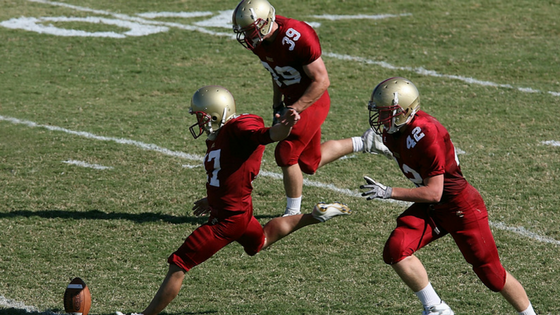Can the NFL pick up their CTE fumble?

In 1928, a complication was first described as “punch-drunk syndrome,” which is an affliction that boxers suffered from repeated blows to the head. More recently, evidence of the disease became more widespread, requiring further analysis of the signs and symptoms. for the condition designated as: Chronic Traumatic Encephalopathy (CTE).
CTE leads to progressive loss of normal brain matter combined with an abnormal buildup of the protein tau. Excessive levels of the protein tau in brain fluid is associated with poor recovery after cranial trauma. Athletes in football, boxing and other rough contact sports that suffer multiple concussions are most susceptible to getting CTE. Symptoms include depression, acts of impulsivity and other behavioral changes.
In the largest update on professional athletes’ brain diseases to date, a recent study revealed that 202 former football players from the NFL, college and high school showed evidence of having CTE.
A panel of neuropathologists was able to make their diagnoses by examining brain tissue, using current criteria from the National Institute of Neurological Disorders and Stroke. They board found that 177 former players or nearly 90 percent of brains studied showed signs of CTE.
Out of 110 ex-NFL players’ brains studied, 110 had CTE.
The methods used in the study reflect the current challenges in diagnosing the disease. Determining if an athlete has CTE can only occur by examining brains post mortem. While some researchers are beginning to experiment with living athletes, successful diagnoses using trial procedures will need further testing.
After years of denying accountability, the NFL finally acknowledged the link between blows to the head and CTE. The admission came on the heels of a $1 billion settlement to compensate former players who accused the league of covering up the risks faced while playing the sport.
The league now claims to see the importance of advancing science related to head trauma. The NFL promised to continue working with experts to improve the health of former and current players who run the risk of the most debilitating injury they can suffer.
The syndrome is difficult to detect and hard to ignore.


